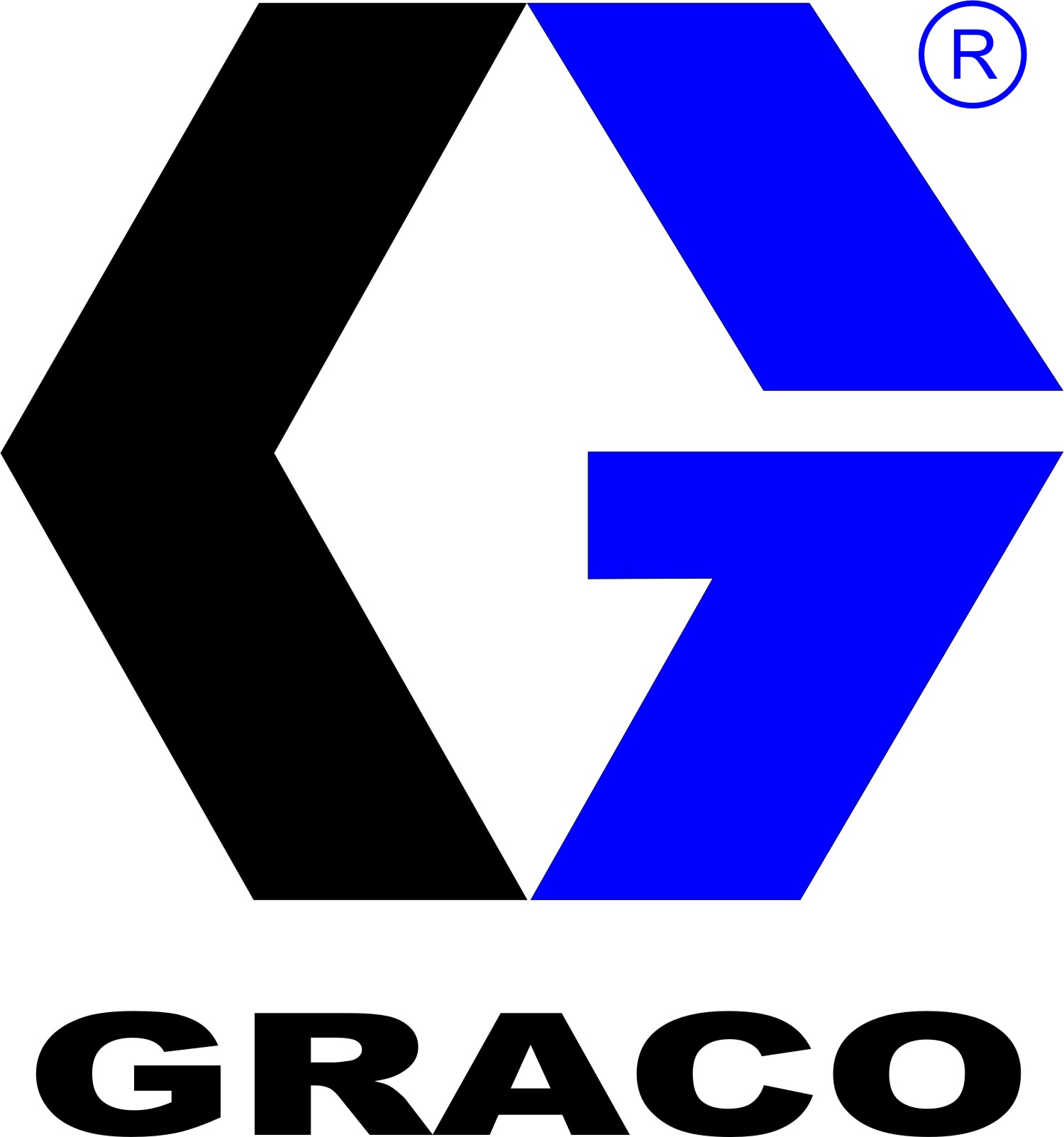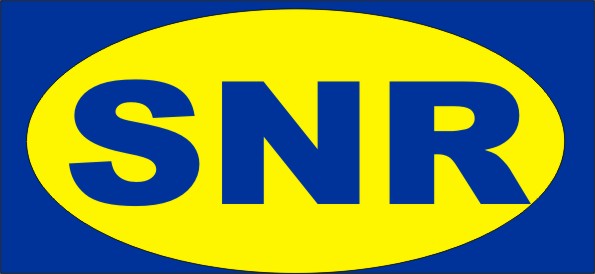The task of the lubrication systems is to bring and lubricate the lubricant from one central source to all machine locations where undesirable friction occurs and in a specified amount and time. Basic distribution of central lubrication systems according to the type of lubricant they work with -> CMS for oils (oils with viscosity 10 - 2000 mm2 / s) | CMS for Fats (NLGI Class Fats). We sell and service brand lubrication systems:
Lubrication technology
Lubricating clutches
They allow quick replacement of the lubrication clutch when lubrication points provided with different types of lubrication heads are to be lubricated with one grease gun or machine. There is still a chuck lubrication clutch on the lubrication attachment, to which the individual quick release couplings are supplied. Connecting or disconnecting the quick coupler is a matter of seconds.
Lubrication hoses
Lubricating hoses are an integral part of the grease guns and their connection to the grease nipple adds lubricant to the machines and equipment. Hoses are offered in different lengths and designs, including lubrication couplings.
Lubricating nipples
We offer ball nipples H1, H2, H3, flat M4, M1, M22, T1, T1 / B, funnel D1, D2, D3, hemispherical K1, K2, K3 and bayonet B1, with metric threads, tubular BSP, NPT, BSF / WWF, BSW / WW and SAE / UNF, standard steel-galvanized steel, stainless steel V2A AISI 303, stainless steel V4A AISI 316, brass, we can also provide other atypical designs, hundreds of types of commonly used lubricating heads are still in stock.
Hand lubrication presses
We offer a comprehensive range of lubricating presses and devices designed for individual lubrication of lubrication points through grease nipples including grease.
Central lubrication systems
CLS for greases.
A new generation of 1-8 single-point central lubrication systems, with its own power supply.
The functionality of the device is shown by an optical signal.
- Precise adjustment of the dosed amounts of fat.
- LED indication of the need to change the lubricant chamber - service package.
- Applicable at ambient temperatures - 20 to 60 oC.
- Suitable for NLGI 1 and 2 lubricants.
- CMS synchronization with machine running.
Progressive CLS
Progressive systems are used to transport and dispense oil or grease to the NLGI2 class either in an intermittent cycle (loss systems) or, in the case of oils, continuously (circulation systems). The pump delivers the lubricant to the progressive distributors, and the lubricant divides the lubricant to the lubrication points. The lubricant is progressive splitter divided into batches to individual lubrication points using pistons. Each piston can only dispense lubricant when the previous piston has completed its stroke. The dosing size is determined by the piston diameter by its stroke. Progressive systems can be controlled and controlled by a single central signal.
Single-line central lubrication systems
Single-pipe systems are designed to dispense lubricant to lubricated points in relatively small quantities depending on their consumption. The pump supplies the main line with lubricant from the reservoir to the piston dispensers. They dispense the lubricant and then convey it to the lubrication points by the bypass line. Thus, the systems operate intermittently in the lubrication cycles.
Control of the automatic system may be time-dependent or may be derived from the machine's duty cycle. The dosage can be selected for each lubrication point in the range of 0.01 to 1.5 cm 3 per lubrication cycle (dispenser stroke).
Dual-pipe central lubrication systems
Dual-pipe systems are primarily intended for the lubrication of large machinery and equipment with a large number of lubrication points at greater distances and in harsh operating conditions, e.g. for coke ovens, steelworks (contilience lines, hot and cold rolling lines, finishing lines), brown coal mines, paper mills, thermal power plants, cement plants, etc.
Special CLS
Special applications require individually designed lubrication systems. The Technical Department is able to design alternative lubrication devices designed specifically for the application. Special Lubrication Schedules, Backup Changes, Error Messages on Your Mobile, Sensing Point Recording, and the like are common requirements that we integrate into our lubrication systems.
Other types of lubrication systems
Oil circulation lubrication systems
The oil can be distributed through throttle valves with stabilization, flow control valves, or progressive distributors. The oil flows through the lubricated point and returns to the tank.
Presses, papermaking machines, printing machines and other equipment requiring lubrication and cooling with large amounts of oil.
Loss oil lubricating systems
Circulation oil lubrication systems are used to circulate a precisely determined amount of oil to lubricate the bearing of the equipment. The system is controlled and controlled by a programmable controller. The advantage of the circulatory system is, in addition to bearing lubrication, their excellent cooling by heat removal through the circulation of oil. In many cases, such a lubrication system also includes an additional cooling circuit.
Micro-lubrication systems - oil / air
- band saw cutting
- circular sawing
- milling
- drilling
- punching
- controlling the amount of lubricant at precise doses of from 2 mm 3 to 41 mm 3
- 100% pneumatic control of the amount delivered by the pump
- lubrication is conveyed by air with top precision
- All pumps and nozzles operate independently of the lubricant used
- installation of the system requires only minimal or no modifications and modifications to the deleted device.
GRACO lubrication catalogs

SNR lubrication catalogs

